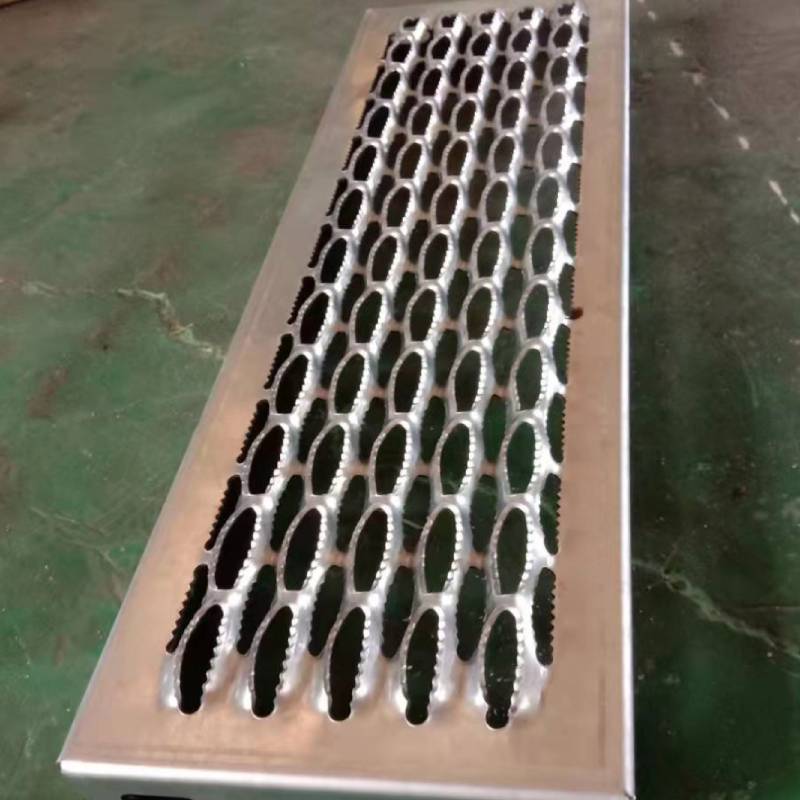Constructing a 4 ft Cattle Fence A Practical Guide for Farmers
When it comes to managing a successful ranch, few things are as critical as the effective confinement of cattle. A well-constructed fence ensures not only the safety of the animals but also protects crops and the integrity of your land. One popular choice among farmers is the 4-foot cattle fence. This article will delve into the rationale behind choosing a 4-foot fence, its benefits, and a step-by-step guide on how to construct one effectively.
Why Choose a 4-Foot Cattle Fence?
A 4-foot fence height is often deemed adequate for most cattle breeds. While cows are not natural climbers, they can be curious and mischievous. A 4-foot fence strikes a balance between functionality and cost-efficiency. It is tall enough to deter most cattle while being low enough to make installation manageable. Additionally, a shorter fence requires fewer materials and less labor, which can lead to significant savings for a farmer or rancher.
Benefits of a 4-Foot Cattle Fence
1. Cost-Effective Less material means reduced costs in purchasing posts, wire, and gates. You can allocate the savings towards other essential aspects of your ranch.
2. Ease of Installation A shorter fence is typically easier and quicker to install. Farmers or ranchers can save time and reduce labor costs.
3. From Design to Durability A 4-foot fence can be designed using various materials, such as wooden posts, barbed wire, or electric wire. Each option offers different levels of durability, resistance to weather, and overall maintenance requirements.
4. Enhanced Land Aesthetics A well-constructed fence can enhance the overall appearance of a farm. A low-profile fence ensures that the landscape remains open and allows for unobstructed views of the property.
4 ft cattle fence
Constructing a 4-Foot Cattle Fence Step-by-Step Guide
1. Planning and Design
- Determine the area you wish to enclose. Measure the perimeter accurately to calculate the amount of fencing material needed.
- Choose appropriate materials based on your budget and desired durability. Options include treated wood, barbed wire, or electric fencing.
2. Gathering Materials
- For a basic 4-foot cattle fence using wooden posts, you will need
- Treated wooden posts (typically 4x4 inches)
- Galvanized wire or barbed wire
- Wire tensioning devices
- Fence staples, nails, or ties
- A gate for easy access
- Ensure you have all necessary tools, including a post hole digger, hammer, and wire cutters.
3. Setting the Fence Posts
- Mark the locations for your fence posts, ideally placing them about 8 to 10 feet apart.
- Use a post hole digger to dig approximately 2 feet deep for each post. A deeper hole provides better stability.
- Set the posts in place and use concrete for added stability. Allow the concrete to cure for at least 24 hours.
4. Attaching the Wire
- Begin at one end of the fence line. Attach the starting end of the wire to the first post using fence staples.
- Run the wire tight along the line of posts, ensuring it remains level at 4 feet above the ground.
- Use tensioning devices to ensure the wire is taut but not overly tight, which could lead to breaking.
5. Finishing Touches
- Once the wire is attached to all posts, check for any sharp edges or protruding wires that could pose a risk to your cattle.
- Install the gate in a location that allows for easy entry and exit for both humans and cattle.
- Regularly inspect your fence for wear and tear, especially after severe weather conditions.
Conclusion
A 4-foot cattle fence provides an ideal solution for many ranchers, striking the right balance between practicality and efficiency. Understanding its benefits and following proper construction methods ensure that your cattle remain safe, while also offering an aesthetically pleasing addition to your land. With careful planning and execution, your 4-foot cattle fence can serve as a reliable boundary for years to come.























